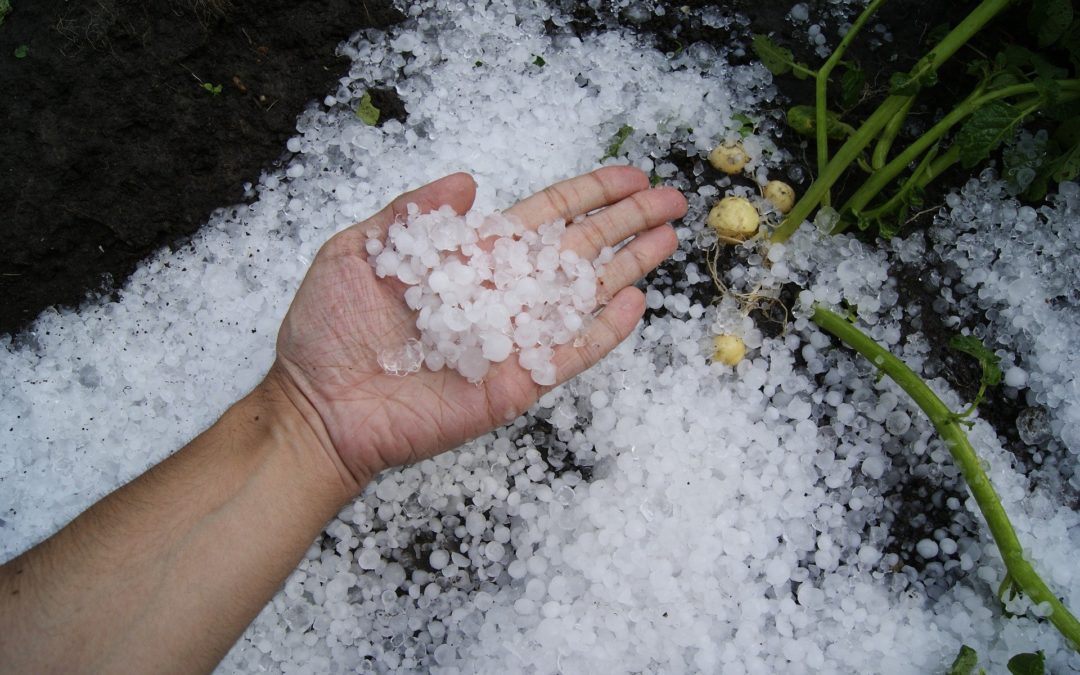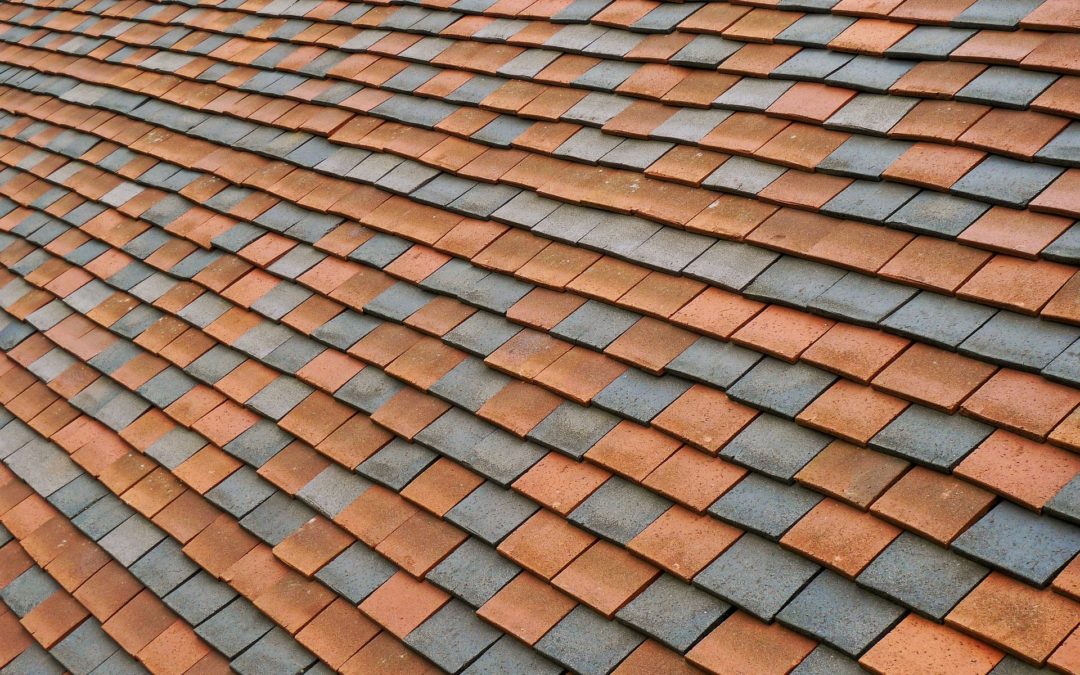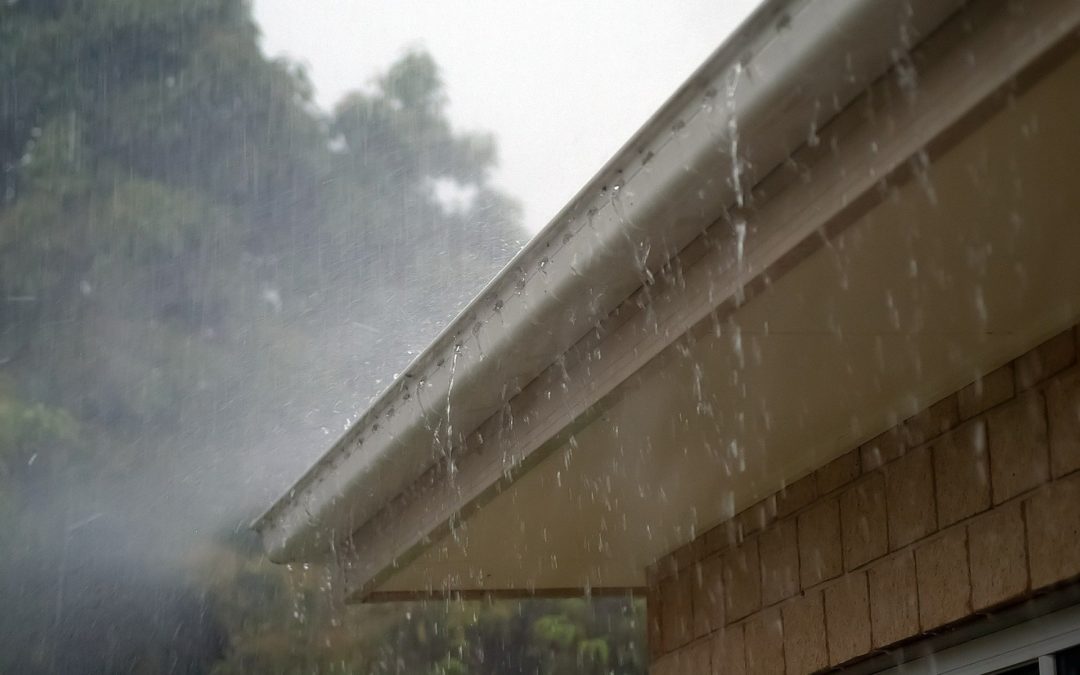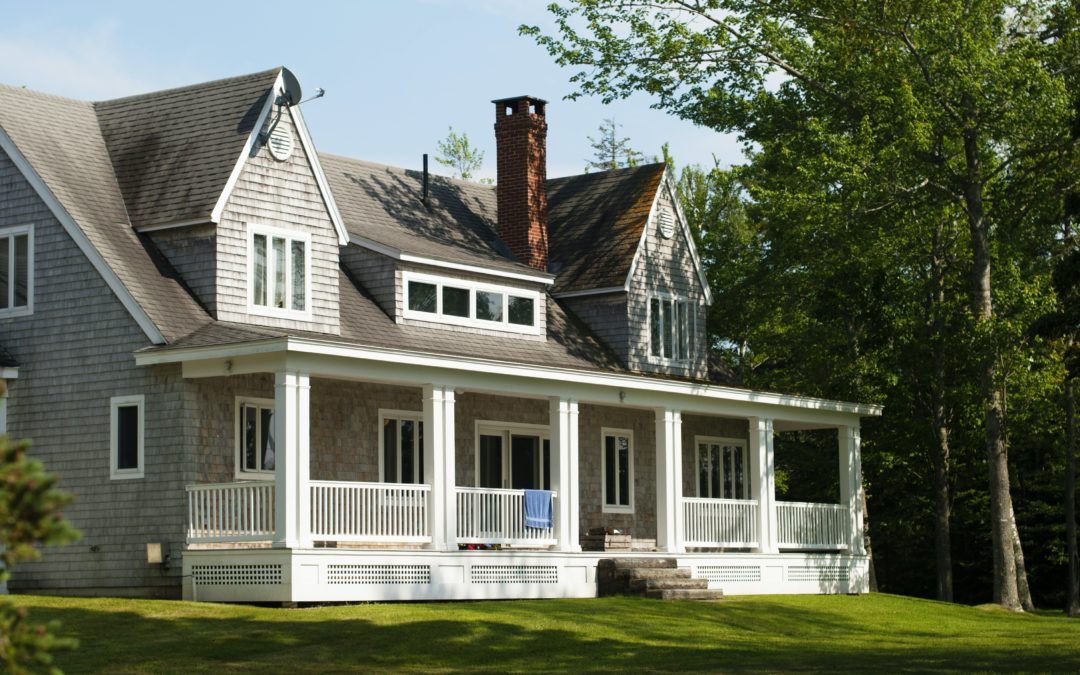
How to Repair Hail Roof Damage
Storms are not exactly a roof’s best friend, especially if Mother Nature’s fury includes hail! After all, we’re talking about chunks of jagged, frozen ice that can be as big as grapefruits, for Pete’s sake! Though the bigger the hailstone the more likely it will cause damage, the truth is hail of any size can result in costly roof problems. That’s why it’s important to know how to spot hail roof damage, and even more importantly, what you can do about it.
Determining if You Have Hail Roof Damage
Along with the size of the hailstones and the direction and speed of the wind, the age, materials, slope, and condition of your roof can all play a part in the amount of hail roof damage you experience. However, no matter the weather and roof conditions involved, it’s always a good idea to check for signs of damage post-storm. Here’s how:
Look Around at Ground Level
You don’t necessarily need to break out the ladder right away to determine if you have roof damage after a hail storm. Sometimes, a simple walk around your house can reveal enough information for you to know that hail roof damage has likely occurred.
Check your siding, gutters, downspouts, deck, and fence for dents or small holes. These are tell-tale signs that your roof has probably endured similar issues. There may also be bits of roofing material that have littered your landscaping. Not a good look, nor a good sign!
Take a Look Up Top
After the storm is over and things dry out, you can get on your roof for a closer look. Typically hail damage is random and in no particular pattern, so it’s important to look over all areas of your roof for these signs:
- Loss of granules around impact spots
- Dark hit marks
- Soft or bruised patches
- Cracks or tears
- Dents or holes
There is a catch, however. Hail roof damage is not always obvious and what may seem like only a bit of surface damage can go a lot deeper than you think, causing more headaches and bills later down the road.
Should hail roof damage be ignored? Hail no!
Even just some granule loss weakens the integrity of your shingles, which can lead to leaks and a reduced lifespan of your roof. In other words, even minor hail damage can result in major issues, so if you think there’s a chance you have damage following a storm, even if you can’t spot the signs with the naked eye, it’s best to get it checked out by professionals right away.
Repairing Hail Roof Damage
Hail roof damage repair can mean anything from replacing a few shingles to replacing your entire roof! It all depends on the amount of destruction Mother Nature has left behind.
If it’s just a handful of shingles that need replacing and you’re known as being kind of handy, you might be able to make the repairs on your own. On the other hand, if handy is not exactly an adjective most would use to describe you, well then, by all means, call in the pros.
Whether your roof has asphalt shingles, wood shakes, or is made of metal (yes, metal roofs can incur hail damage, too), you can count on Werner Roofing to help! If your roof recently suffered damage from hail or a storm, we’ll be happy to come out, assess, and address hail roof damage before it compromises your roof or your home. Just contact our expert team online or call us at 616-844-5382 today.

OUR FREE ROOF INSPECTION
How do you know when it’s time for a new roof? The only way to be sure of your residential roof’s current condition is to have a licensed professional personally inspect it. Werner Roofing is proud to offer free roof inspections for every client, so you can be sure of your roof’s condition. Every Werner Roofing inspection comes complete with our promise: “We won’t recommend or sell a roof replacement unless it’s necessary.”





